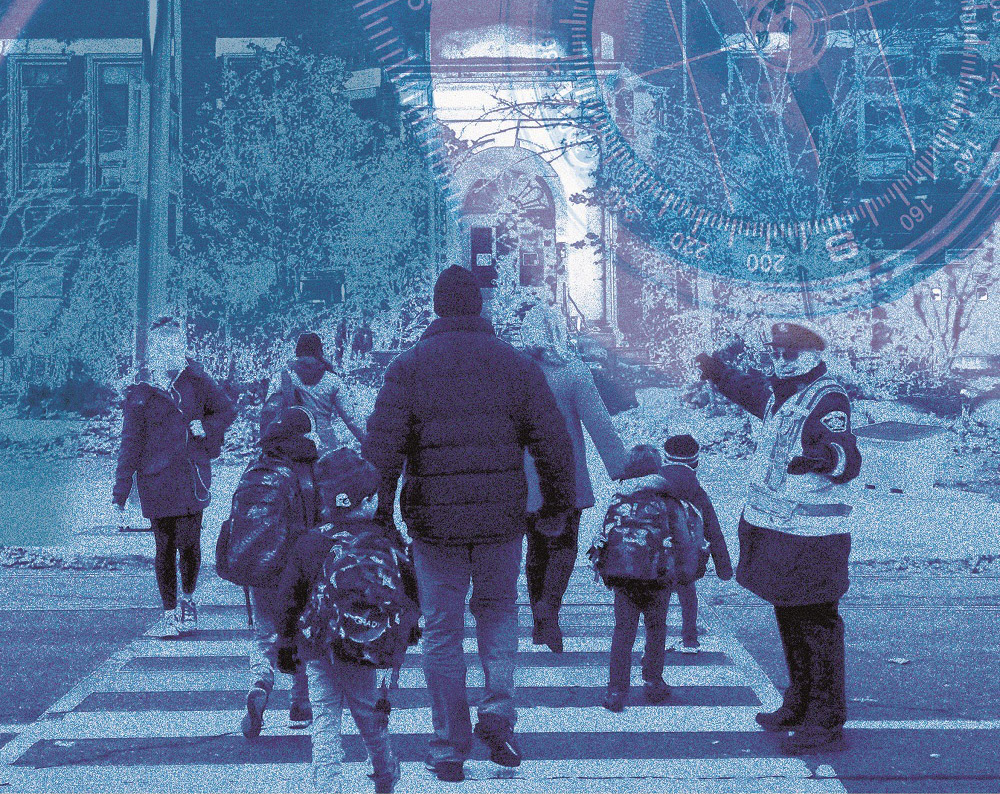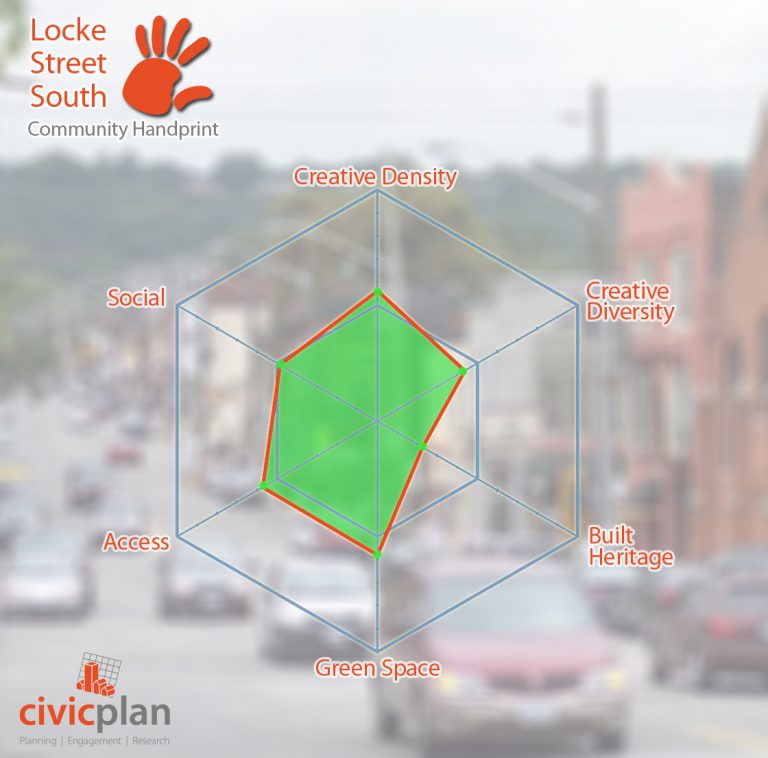Tag / Engagement
-
Citizens shaping the spaces around them
How a carefully layered participatory planning process gave community residents a voice in municipal spending. Deciding how to spend money on neighbourhood infrastructure improvements is no mean feat. Which projects get the money over others, or do you divide the spend evenly across all potential ventures? Assuming a split according to greatest needs, how do…
-
What is Participatory Planning?
We get asked all the time about participatory planning. What is it? How does it work? Participatory planning is a way of doing planning that puts residents at the centre of decision-making in their community. That can be done in many ways, but the end result should be the same: the community feels ownership over the…
-
Helping Neighbourhoods Walk to School
The Challenge: Today, fewer and fewer students are walking or cycling to school. From 1986-2011, the rate at which Greater Toronto and Hamilton Area (GTHA) students 11-13 years of age were driven to school doubled, according to a Metrolinx study. At the same time, the number walking and cycling fell from 62% to less than…
-
The Missing Middle: A Sweet Spot of Support for Intensification?
Hamilton’s Durand neighbourhood is one of the city’s oldest, most dynamic communities. Significant change and growth is occurring in the neighbourhood, including proposed new developments tied to intensification that are eliciting a robust community dialogue on how the neighbourhood should look in the future. As part of this dialogue, a survey conducted by Civicplan on…
-
How PB Analytics Helps Build Neighbourhood Engagement
Since 2012, residents of Ward 1 in Hamilton, Canada have worked together to determine how approximately $7.5 million (CAD) would be spent on local infrastructure projects. The ward’s participatory budgeting (PB) process, “forWard one,” has grown in popularity year after year. In its first year (2012), just over 400 residents participated. The 2016 process recorded…
-
Data-Driven Participatory Planning
The following article published in Plan Canada [Vol. 57, No. 1], received a Canadian Institute of Planners (CIP) Plan Canada Honourable Mention Award. Data-driven participatory planning is helping policy makers and civic leaders better engage the public in local decision-making. Robust engagement improves public planning outcomes, strengthens local communities, and promotes greater civic pride. PlanLocal,…
-
How Members Use Hamilton’s Bike Share System
Since its launch in January 2015, the city of Hamilton’s bike share system, SoBi, has had increasing success. In just two short years, SoBi Hamilton membership has grown to 10,000 active members who use the service from over 100 station hubs spread across the lower city. In order to gain greater insights into SoBi members…
-
Understanding the Supercrawl Festival with CivicSurveys
Supercrawl is an annual celebration of the diversity of James North, the multi-disciplinary arts district in Hamilton, Ontario. The eighth edition of the music and arts festival was held in September of 2016 and was, by all accounts, one of the most successful yet. Over the three-day festival, an estimated 200,000 people descended on downtown Hamilton. The…
-
Engaging communities with participatory planning
It was 8:30 a.m. on a Tuesday morning in late June. Kids and parents trickled into the playground. There was a buzz outside Dr. Edgar Davey Elementary School in central Hamilton, Ontario. School was almost done and the excitement was palpable. The end of another school year wasn’t the only event happening that day. The…
-
Capturing and measuring local character can help with future planning.
When you think about shopping local, you often think about different districts in your city. In Hamilton, Canada, locals think of places such as Concession Street, Locke Street or Downtown Dundas. Each of these distinct areas has a different character that influences how people describe them. Usually, it’s the mix of local businesses that help…










